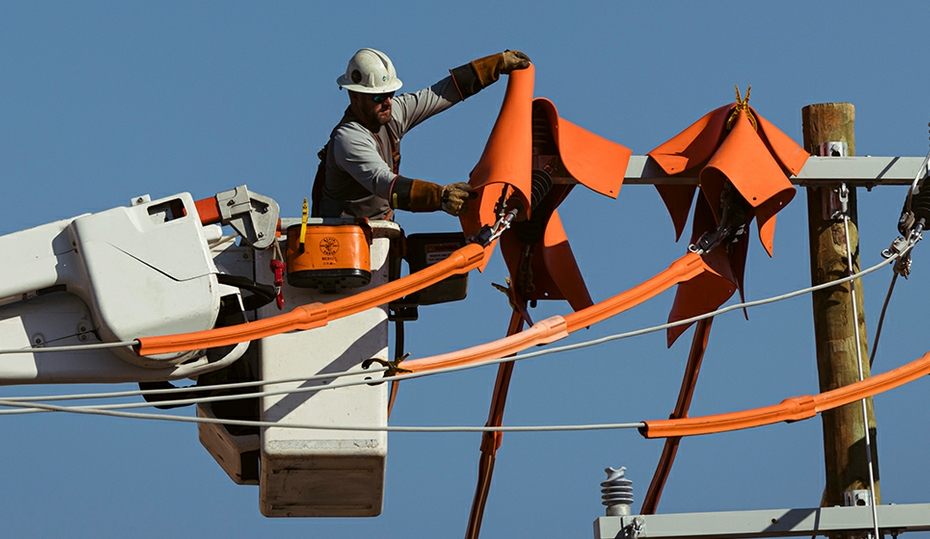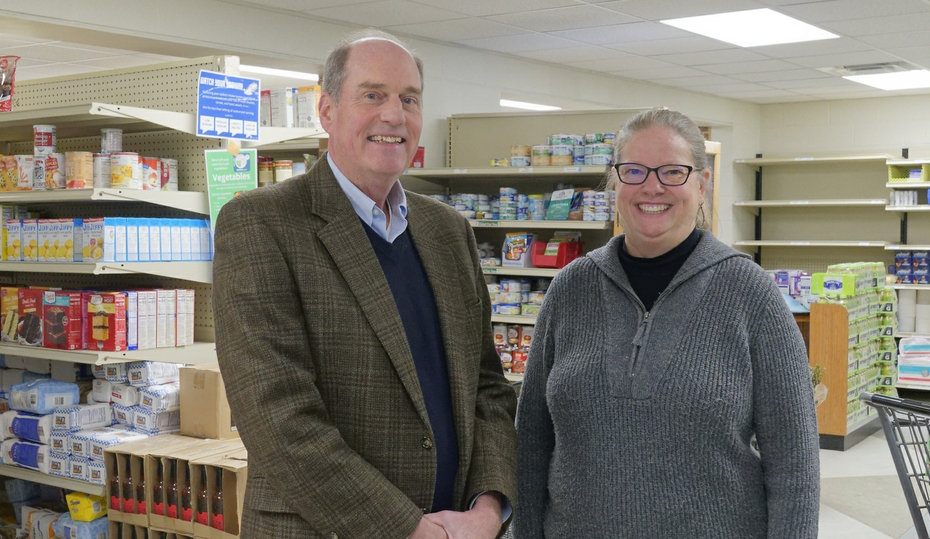Indiana University Bloomington found a way to turn trash into treasure. At the end of each spring semester, the university’s sustainability office and the City of Bloomington collect items that students left in their apartments for the Hoosier to Hoosier Community Sale.

Instead of university staff gathering and paying to put the items in a landfill, shoppers can buy clothes, TVs and furniture for a fraction of their retail price. A bean bag chair that might retail for $35 is only $5. A futon, which Sustainable IT Services Project Manager Noma Maier said is one of the most popular items, sells for as low as $10 instead of $90 or more at the store.
Maier said many students are unable to take the things they’ve acquired during their college career after graduation. Some international students, she said, come to college with only a suitcase and must be selective about what they take with them.
“They’ve collected what we all would when setting up a household, so when they’re faced with the choice of what they’re going to take with them,” Maier said, “the toaster may have to stay behind.”
Last year, more than 3,200 people attended the sale; some of them lined up at 3 a.m. and paid $5 (students) or $10 to enter an hour early at 8 a.m.
Since the Hoosier to Hoosier program started in 2010, it has diverted nearly 300 tons of waste from landfills and raised just over $200,000 for local nonprofits and sustainability efforts. Indiana University Bloomington is one of several universities in the country hosting community sales to reduce the amount of waste left when students leave college. Purdue, Notre Dame and Appalachian State all have similar sales.

Students bring their items to drop-off sites at each campus residence hall or request a pick up from their off-campus housing. Volunteers pick up the donations and bring them to The Warehouse, a 5-acre event space in Bloomington where the sale takes place in August, the week students move back to campus.
“We find that people buy things they think they need for college, and they really don’t,” Maier said. “We encourage students to wait until they get here to find out what they need.”

Collections from campus fill about 2 acres of the building.
“Our goal is for when people walk in and to say to themselves, ‘Look at how much stuff is here.’ We want them to think about their resource consumption,” she said, “and ask themselves ‘Do I really need this item?’”
Maier estimates volunteers spend about 1,700 hours preparing the sale. Duke Energy volunteers have helped with the pickup and drop-off for five years. This year, 20 Duke Energy employees brought six trucks and a trailer to collect donations at three residence halls. Throughout the seven states Duke Energy serves, about 4,000 Duke Energy and Piedmont Natural Gas employees and retirees contributed about 100,000 volunteer hours through Duke Energy in Action last year.
The Hoosier to Hoosier Community Sale is Aug. 19 in Bloomington, Ind. Click here for details.
Duke Energy Government and Community Relations Manager Bruce Calloway, who’s volunteered all five years, said he is always impressed by the amount they collect: refrigerators, flat screen televisions, clothes, rugs, hangers and more. He said he hopes more universities will hold similar sales.
“It benefits the environment, encourages people to reuse items and raises money for nonprofits,” Calloway said. “The landfill is 60 miles from here, so we’re keeping those trucks off the highway and reducing the carbon footprint.”
Hear from the volunteers who make the event happen in this video:






